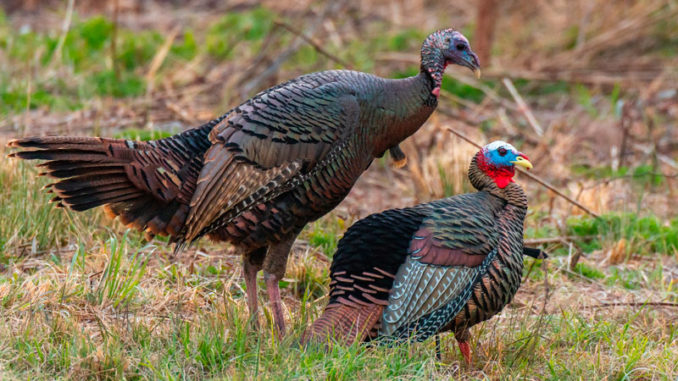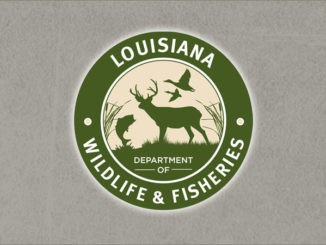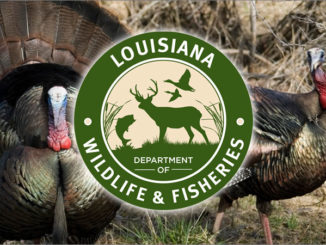
Many turkey hunters turn up their noses at young toms. Are they right or wrong?
Hunters debate a lot of things, one of the best-known concerns spike bucks: Once a spike always a spike. If you think a spike will never be a trophy buck, or if you’re really hungry, you shoot. If you think, with proper age and nutrition, that a spike can become a trophy, probably not.
In the world of the Tenth Legion, turkey hunters, the question is whether or not you should shoot jakes. A true, blood member of this elite hunter cult would never shoot a jake — an immature male bird — but a novice would no doubt be thrilled to bag one.
Hunting regulations say it is legal to kill one gobbler per day — one gobbler, with no stipulations about age or beard length. A bearded hen is not a gobbler and not legal to shoot. Veteran turkey hunters are in it for the challenge of connecting with an adult tom and would never shoot a jake; well, maybe if it was the last day of the season, and they had not filled a tag and the clock was ticking.
The jake harvest accounts for probably less than 30% of the total annual harvest, and Louisiana biologists generally do not feel this is a problem. Let the hunters decide what to harvest. With the harvest being low, there will be movement of young birds into the older age groups, so they do not feel the need to restrict the harvest of jakes as some states have, establishing a minimum beard length to eliminate their harvest.
Coming to calls
Veteran hunters commonly feel it is rather easy to kill a jake, since they will readily respond to calling and decoys, whereas an old wise tom that has experienced encounters with hunters in past seasons is a more worthy opponent. I readily confess that I have both passed up and shot jakes. To me, it is not that big of a deal, especially since I really enjoy eating southern fried wild turkey.
Over the years, I have had some interesting encounters with jakes. Once, I heard a tom gobbling in a creek drain, so I went in and set up and began calling. The gobbling tom came closer, and then three jakes appeared in gun range. Somewhat surprised, I watched them, and sure enough, all three gobbled at the same time. Every time they gobbled, it would be simultaneously. I left the drain and moved to a different area and started calling. A tom responded, and I set up by a trail on the edge of an opening. The gobbling tom came closer, and then I saw it; my tom was the same three jakes that would gobble in unison.
Of course, one reason to allow shooting jakes is to provide opportunity to youth hunters, especially ones who have never hunted. No need at all to deny the opportunity for a youth to kill a turkey and perhaps add a new hunter to the hunting community.
Grown up
If a tom lives to be a year old, it has a very good chance of living for several more years, barring disease issues. This is one reason veteran hunters pass up jakes; they know that there is a high probability of the tom being around next year when it is a 2-year-old longbeard. No doubt, some of the elite of the elite may even pass up 2-year-old toms, but I have not reached that status.
A grown turkey is fully capable of eluding most predators. It is interesting to note that research done by former turkey biologist Jimmy Stafford documented a 50% loss of tagged toms on Bens Creek WMA due to hunting pressure. An adult tom can elude a bobcat, but the call of the seductive hen produced by a human hunter is hard to avoid.
The most important management work a hunter can do is to report the gobblers they harvest. In many areas of Louisiana, there has been a decline in turkey numbers, which obviously has resulted in a decline in the turkey harvest. The more information that biologists have regarding turkey populations, the better management effort can be applied. Let me encourage you to report your harvest, whether it be a jake or an adult gobbler.


